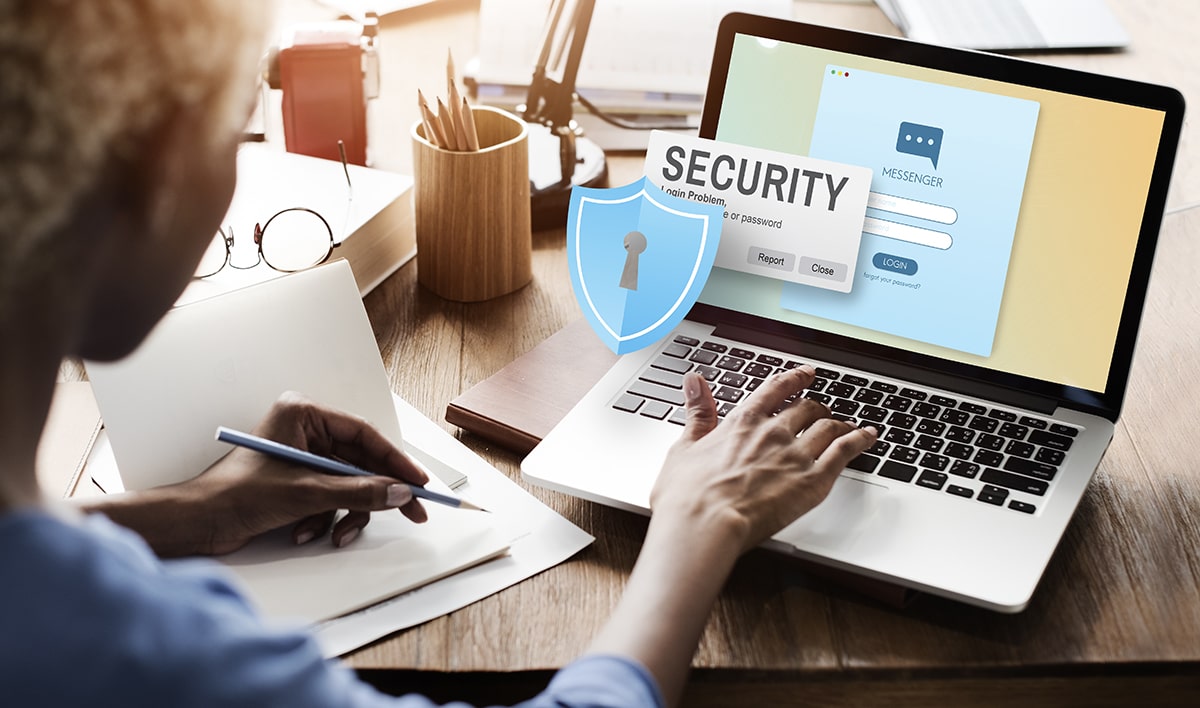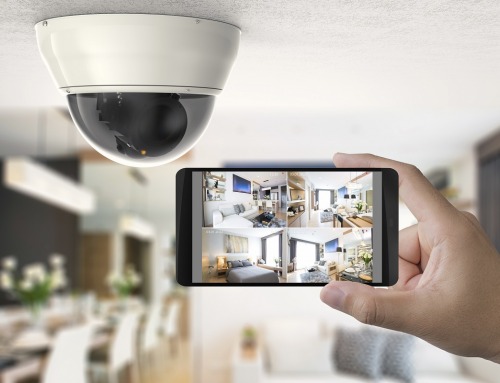
Modern families rely heavily on technological devices: phones, tablets, computers, wearables, security cameras, and more. All the information we share via those devices is also of interest to hackers, so it’s important that the whole family use them safely.
Here are six tips that will help your whole family stay on top of cyber security.
#1 Use Strong Passwords on Your Networks and Devices
Password security is of utmost importance if you want to keep hackers out of your accounts, networks, and devices. Too many families fall into the trap of using simple passwords for their emails and other accounts for the sake of convenience, but this makes them prime targets for hackers!
Your password should have a combination of the following:
- At least 8 characters
- Lowercase and uppercase letters
- Numbers
- Special characters
Never use any of the following information in your passwords:
- Family name
- Family member names
- Pet names
- Birth dates
- A string of consecutive numbers or letters like “12345678” or “abcdefgh”
Remember, complex passwords keep your networks and devices safe!
#2 Have Automatic Updates Enabled
Updates, while bothersome, exist for a good reason – to improve a system and patch any security weaknesses. When your computer or phone notify you that updates are ready to be installed, do not postpone them indefinitely.
Ideally, you want to update right away, but if this is not possible, pick the closest time you can. Stop putting it off because those updates often include new, improved security definitions that take care of loopholes in your current system that could be exploited by hackers.
#3 Use Password Managers and Two-Factor Authentication (2FA)
The Dashlane survey found that UK users had on average 118 accounts registered to a single email address back in 2015, while the global average was 92 accounts per email address. That’s a staggering amount of passwords to remember, with a large percentage of users solving the issue by reusing their passwords.
Having one and the same password, although it might be complex, is a risk. If you have a unique password for every account, hackers will get access to that account only, in case it’s ever hacked. With a single password for every account, however, they will get access to everything. Imagine what would happen if they got into your email; they could change and verify details to every account you own!
Instead of reusing passwords or having a master password, invest in good password management software, ideally with advanced features like syncing.
Most services and websites also give you an offer to have two-factor authentication enabled, which adds another layer of authentication in addition to your password. This is most often sent as a code to your email address or as an SMS directly to your phone. Alternatively, you will have to give a code generated from an app on your phone or a token you possess.
#4 Teach Your Family Members About Cyber Threats
All family members should be aware of the latest cyber threats and learn how to detect potentially hazardous emails, attachments, links, or contests held on social networks. Talk to your children about safe online behavior, avoiding public Wi-Fi networks, sharing their digital location with strangers, and other dangerous situations and encounters they might come across online.
#5 Learn About Privacy Settings and What You Share Online
While you might think it’s enough to have a secure account, what you do with your account and how you use it play a big role too. For example, social media lets you control the privacy of your posts, so make sure everyone in your family is familiar with those settings. Why is this so important?
Here’s a good example: What security question do you choose for your bank account? Now think about your social media habits: did you publish hints to an answer on your social media? Sharing the names of your children, pets, and other family members can give some good hints to hackers on what your passwords or answers to security questions might be which is known as social engineering hacking.
#6 Make Sure Your Wearables Are Not Discoverable
Smart watches, fitness trackers, and other wearable technology have taken the world by storm, and most users do not think twice about the security issues this tech can present. You connect your wearable via Bluetooth with your phone so you can use the wearable app.
By hijacking this Bluetooth connection, for instance, hackers could track your location or learn about preferred routes and places you or your family members visit. You can avoid this by keeping your wearables in “not discoverable” mode, and your phone Bluetooth as well.
By ensuring your whole family knows what threats lurk online, you will eliminate most of the risks of being hacked.
Author Bio: Charlotte is the owner of The Mummy Toolbox, helping you get the tools to look after your kids, pets, and yourself! With her 4 cats, 2 kids, 1 dog, and a husband, she’s pretty busy, and that’s just the way she likes it!






